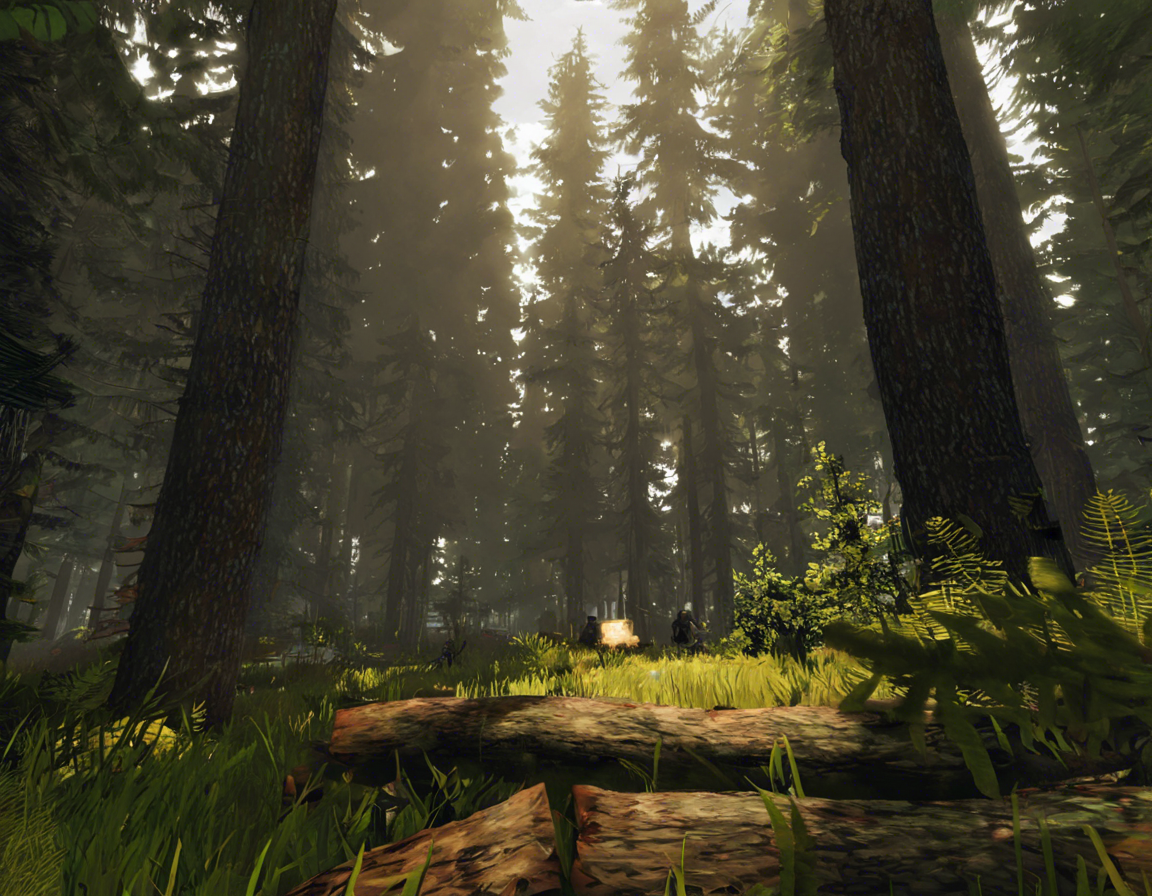
Exploring Nature: The Forest Download Guide
Introduction:
Imagine wandering through a dense forest, surrounded by towering trees, chirping birds, and the soothing sound of rustling leaves. The forest is a magical place full of wonders waiting to be explored. In this guide, we will delve into the enchanting world of forests, providing you with valuable information on how to make the most of your forest experience through a comprehensive forest download guide.
Understanding Forests:
Forests are vital ecosystems that cover around 31% of the Earth’s land area. They play a crucial role in maintaining biodiversity, regulating the climate, and providing essential resources for humans and wildlife. Forests come in various types, including tropical rainforests, temperate forests, boreal forests, and more. Each type of forest has its own unique characteristics, plant and animal species, and ecological significance.
Benefits of Forest Exploration:
-
Mental Health: Spending time in nature, including forests, has been scientifically proven to reduce stress, anxiety, and depression. The sights and sounds of the forest can have a calming effect on the mind.
-
Physical Health: Forests offer opportunities for physical activities such as hiking, walking, and birdwatching, which can improve cardiovascular health, strength, and overall well-being.
-
Connection with Nature: Forest exploration allows you to connect with the natural world, appreciate its beauty, and understand the importance of conservation and sustainability.
-
Educational Value: Forests are rich in biodiversity, and exploring them can be a great learning experience. You can observe various plant and animal species, study their habitats, and gain insights into ecosystem dynamics.
Preparing for Your Forest Adventure:
Before embarking on your forest exploration journey, it is essential to make proper preparations to ensure a safe and enjoyable experience.
Research and Planning:
-
Research the Forest: Learn about the type of forest you will be visiting, its wildlife, trails, amenities, and any special regulations or restrictions in place.
-
Check the Weather: Be aware of the weather forecast for the day of your visit and dress accordingly. Pack essentials such as water, snacks, a map, compass, first-aid kit, and a fully charged phone.
-
Choose the Right Gear: Wear comfortable clothing and sturdy footwear suitable for hiking or walking in the forest. Consider bringing binoculars, a camera, and a field guide for identifying plants and animals.
Exploring the Forest:
Once you are well-prepared, it’s time to step into the forest and immerse yourself in its beauty and tranquility.
Trail Etiquette:
-
Stay on Marked Trails: To avoid getting lost and minimize environmental impact, stick to designated trails and avoid venturing off the beaten path.
-
Respect Wildlife: Keep a safe distance from wildlife, observe them quietly without disturbing their natural behavior, and never feed them.
-
Leave No Trace: Practice leave-no-trace principles by carrying out all your waste, respecting plants and animals, and leaving the forest as you found it.
Safety Tips:
Safety should always be a top priority when exploring forests to ensure a positive and secure experience.
1. Tell Someone: Before heading into the forest, inform a friend or family member about your plans, including your intended route and estimated return time.
-
Stay Hydrated: Bring an ample supply of water to stay hydrated throughout your journey, especially in hot weather.
-
Be Aware of Hazards: Watch out for potential hazards such as uneven terrain, slippery surfaces, wildlife encounters, and adverse weather conditions.
-
Emergency Preparedness: Carry a whistle, flashlight, and emergency supplies in case you get lost or encounter an unexpected situation.
Frequently Asked Questions (FAQs):
- What is the best time of day to explore a forest?
-
The early morning or late afternoon is ideal for forest exploration when wildlife is most active, and the light is soft for photography.
-
Are there any dangers to be aware of in forests?
-
Common dangers in forests include poisonous plants, wild animals, insect bites, falling branches, and getting lost.
-
Can I camp in a forest?
-
Some forests allow camping in designated areas with proper permits. Check the forest regulations before planning a camping trip.
-
How can I contribute to forest conservation?
-
You can support forest conservation efforts by volunteering for tree planting projects, donating to conservation organizations, reducing your carbon footprint, and spreading awareness about the importance of forests.
-
What should I do if I encounter wildlife in the forest?
- Maintain a safe distance, avoid sudden movements, and never attempt to feed or approach wild animals. Respect their space and observe them from afar.
Conclusion:
Exploring nature in the form of a forest is a rewarding and enriching experience that allows you to reconnect with the natural world, rejuvenate your mind and body, and gain a deeper appreciation for the wonders of the ecosystem. By following this comprehensive forest download guide, you can embark on a memorable forest adventure filled with exploration, discovery, and awe-inspiring moments amidst the beauty of the forest.


